 Marjorie Lawrence
Marjorie Lawrence
Time Period: Early Twentieth Century (1901 - 1940) - Starting with L
 Marjorie Lawrence
Marjorie Lawrence
Lawrence, Marjorie Florence
Lawyers’ Row Historic District
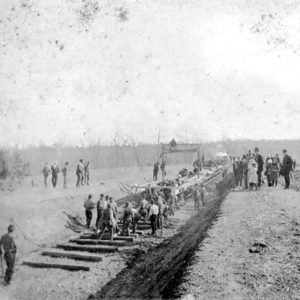 Laying Track in Carroll County
Laying Track in Carroll County
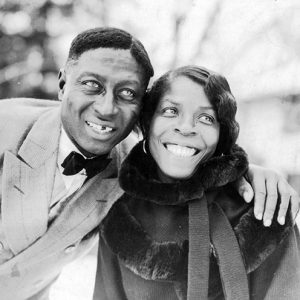 Huddie (Leadbelly) Ledbetter and Martha Ledbetter
Huddie (Leadbelly) Ledbetter and Martha Ledbetter
Lee County Courthouse
Lee Grocery Store
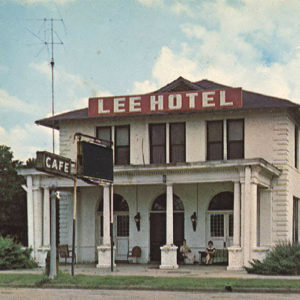 Lee Hotel
Lee Hotel
Lee Wilson & Company
 Captain Edward S. Lee
Captain Edward S. Lee
Lee, Lorelei
 Lee's Chapel
Lee's Chapel
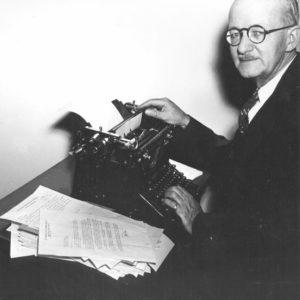 Walter Lemke
Walter Lemke
 Walter Lemke
Walter Lemke
Lemke, Walter John
 Leonard Campaign
Leonard Campaign
LeSane, Henry (Execution of)
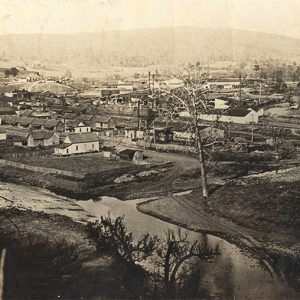 Leslie Manufacturing District
Leslie Manufacturing District
 Leslie Overlook
Leslie Overlook
 Leslie Street Scene
Leslie Street Scene
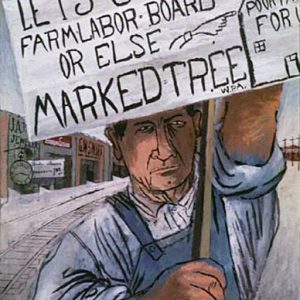 Lest We Forget by Ben Shahn
Lest We Forget by Ben Shahn
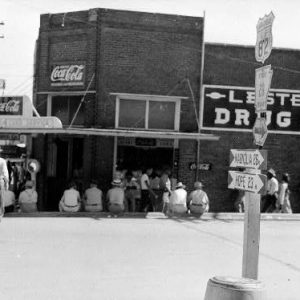 Lester Drug Company
Lester Drug Company
 Letona, 1915
Letona, 1915
Levees and Drainage Districts
Lewis, Charles (Lynching of)
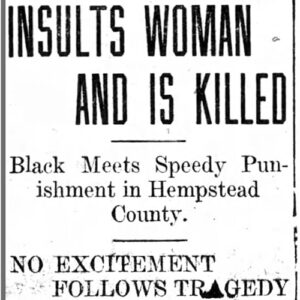 Charles Lewis Lynching Article
Charles Lewis Lynching Article
 Mary Lewis
Mary Lewis
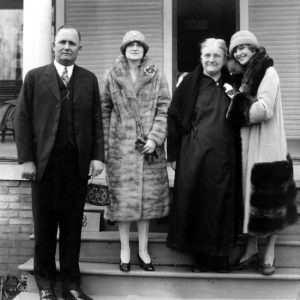 Mary Lewis (right) and Friends
Mary Lewis (right) and Friends
 Mary Lewis
Mary Lewis
Lewis, Mary Sybil Kidd
Lewis, Sanford (Lynching of)
 Lewis Lynching Article
Lewis Lynching Article
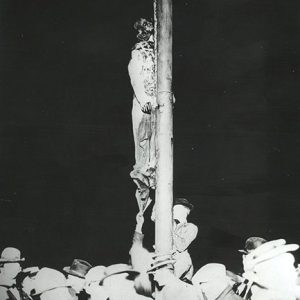 Sanford Lewis Lynching
Sanford Lewis Lynching
 Lewisville (Lafayette County)
Lewisville (Lafayette County)
 Lewisville Speeder
Lewisville Speeder
Liberator, The
Liberty School Cafeteria
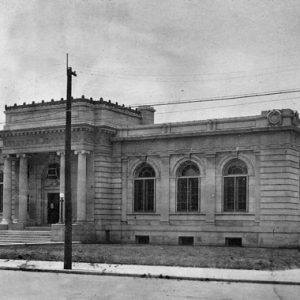 Little Rock Public Library
Little Rock Public Library
Lightfoot, Claude M.
Lighton, Will
aka: William Rheem Lighton
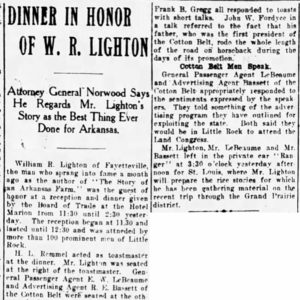 Will Lighton Article
Will Lighton Article
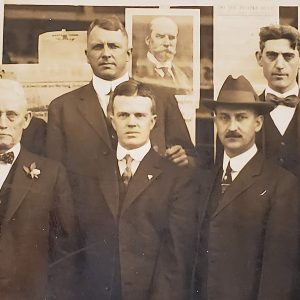 Lily White Republicans
Lily White Republicans
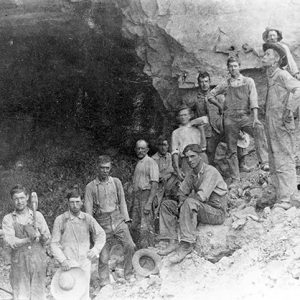 Lime Quarry
Lime Quarry
 Limestone Quarry
Limestone Quarry
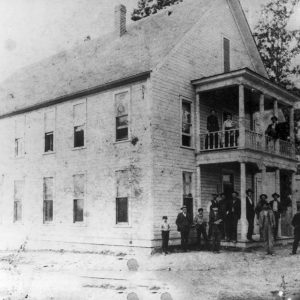 Lincoln Hotel
Lincoln Hotel
Lincoln Avenue Viaduct
Lincoln Building
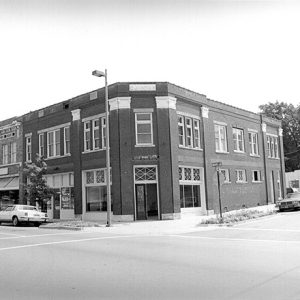 Lincoln Building
Lincoln Building
 Lincoln Building
Lincoln Building
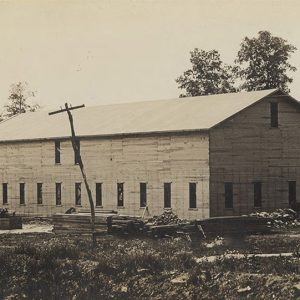 Lincoln Cannery
Lincoln Cannery




